César Fuentes, Fincas La Aguacotillo and La Barranca
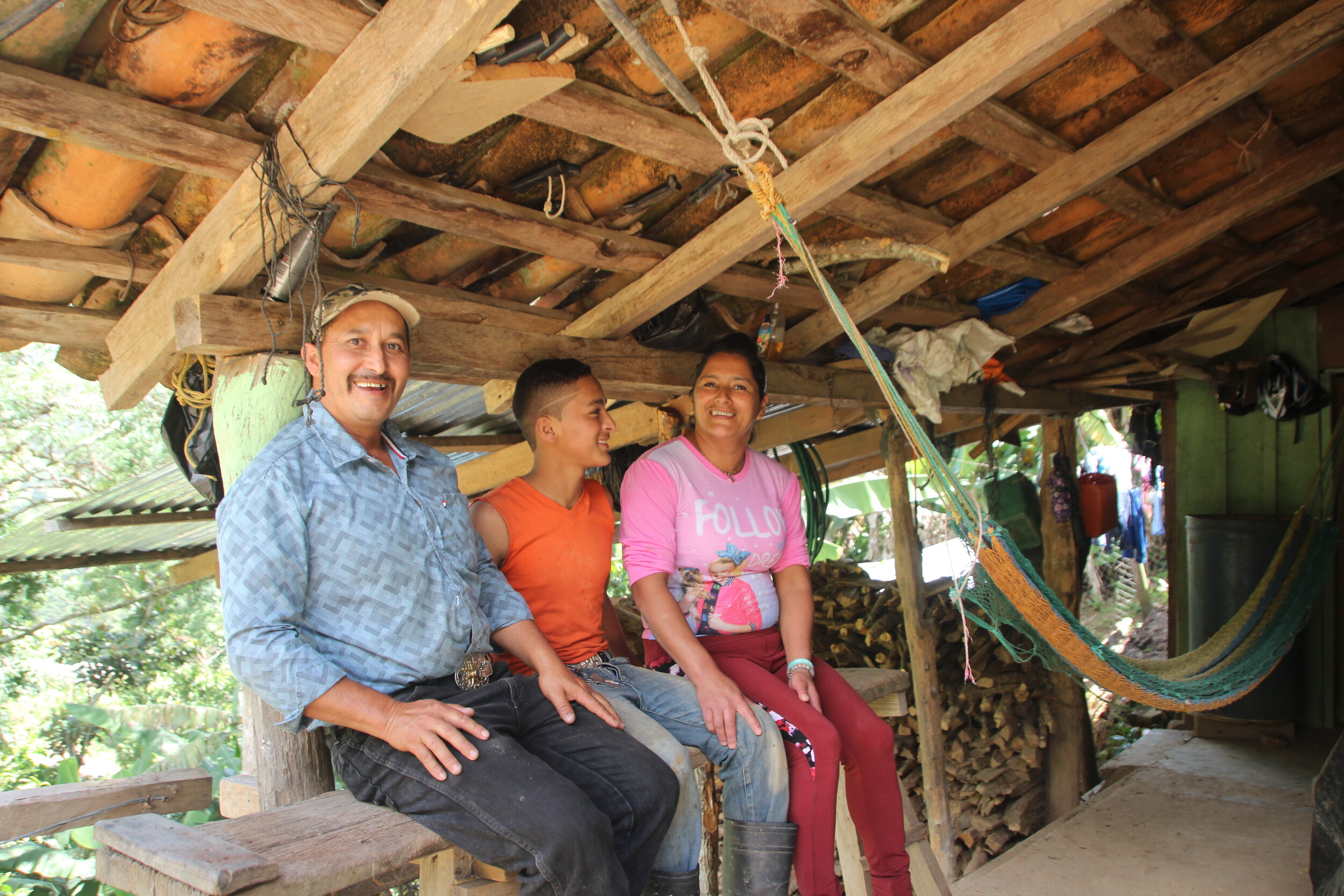
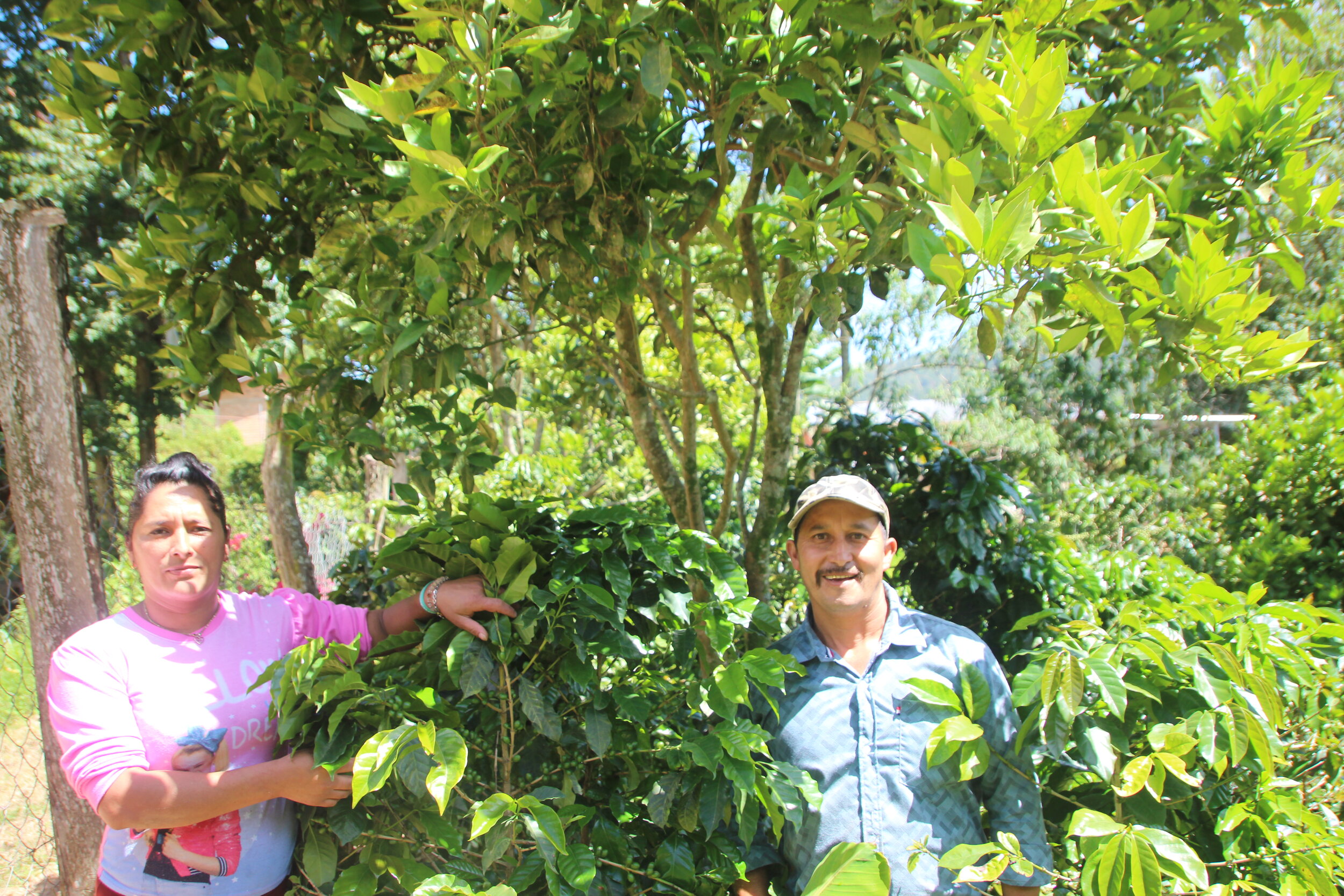
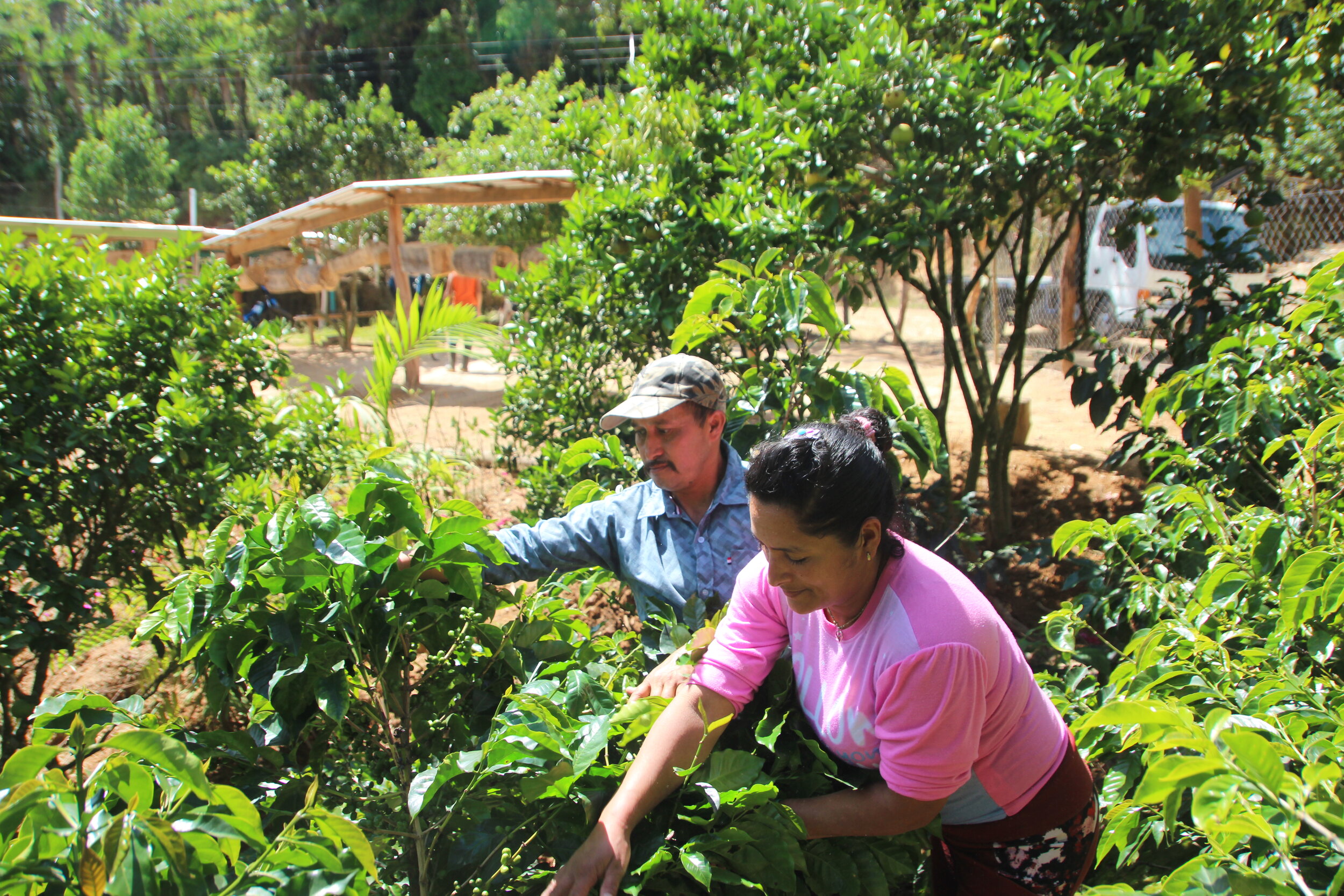
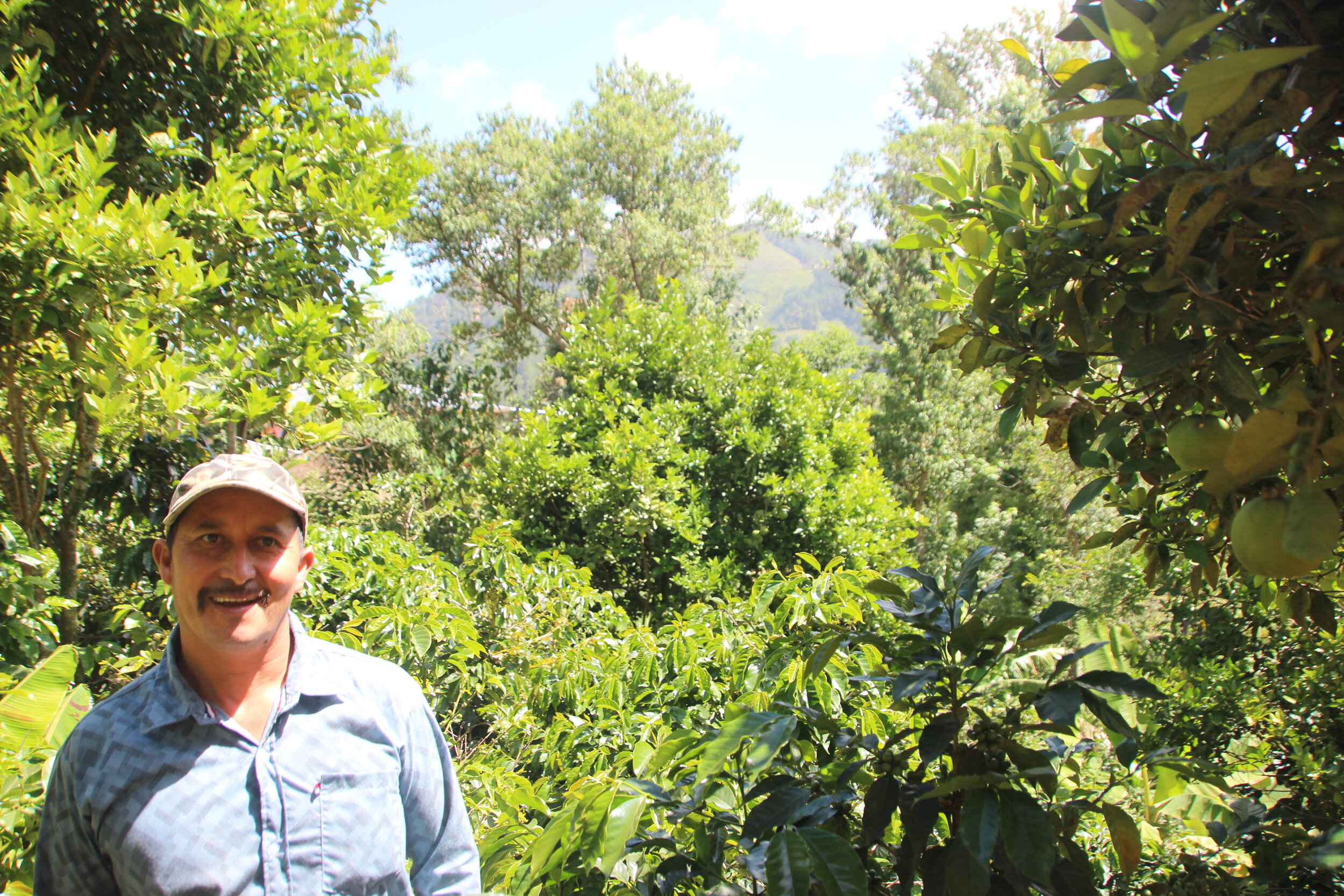
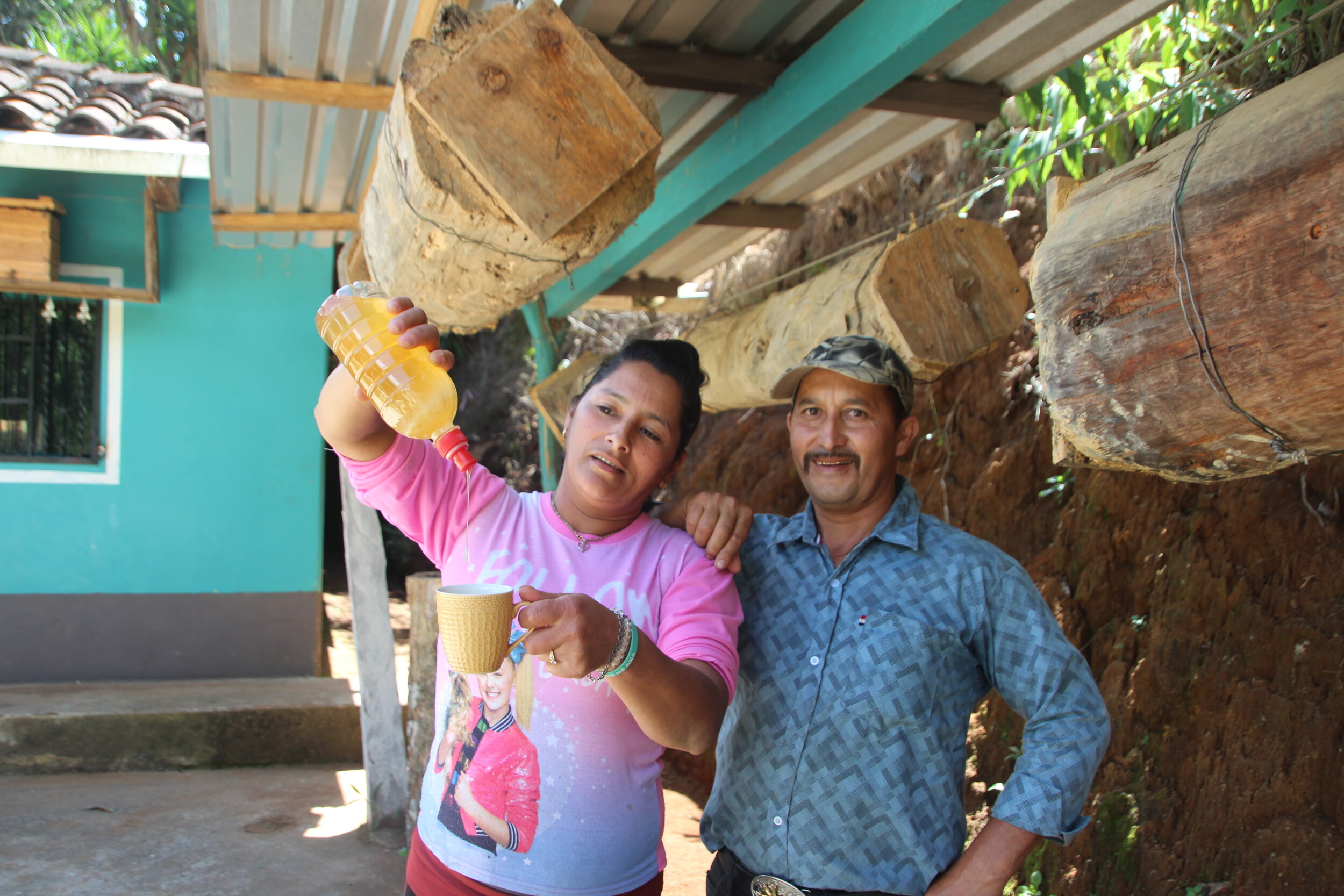

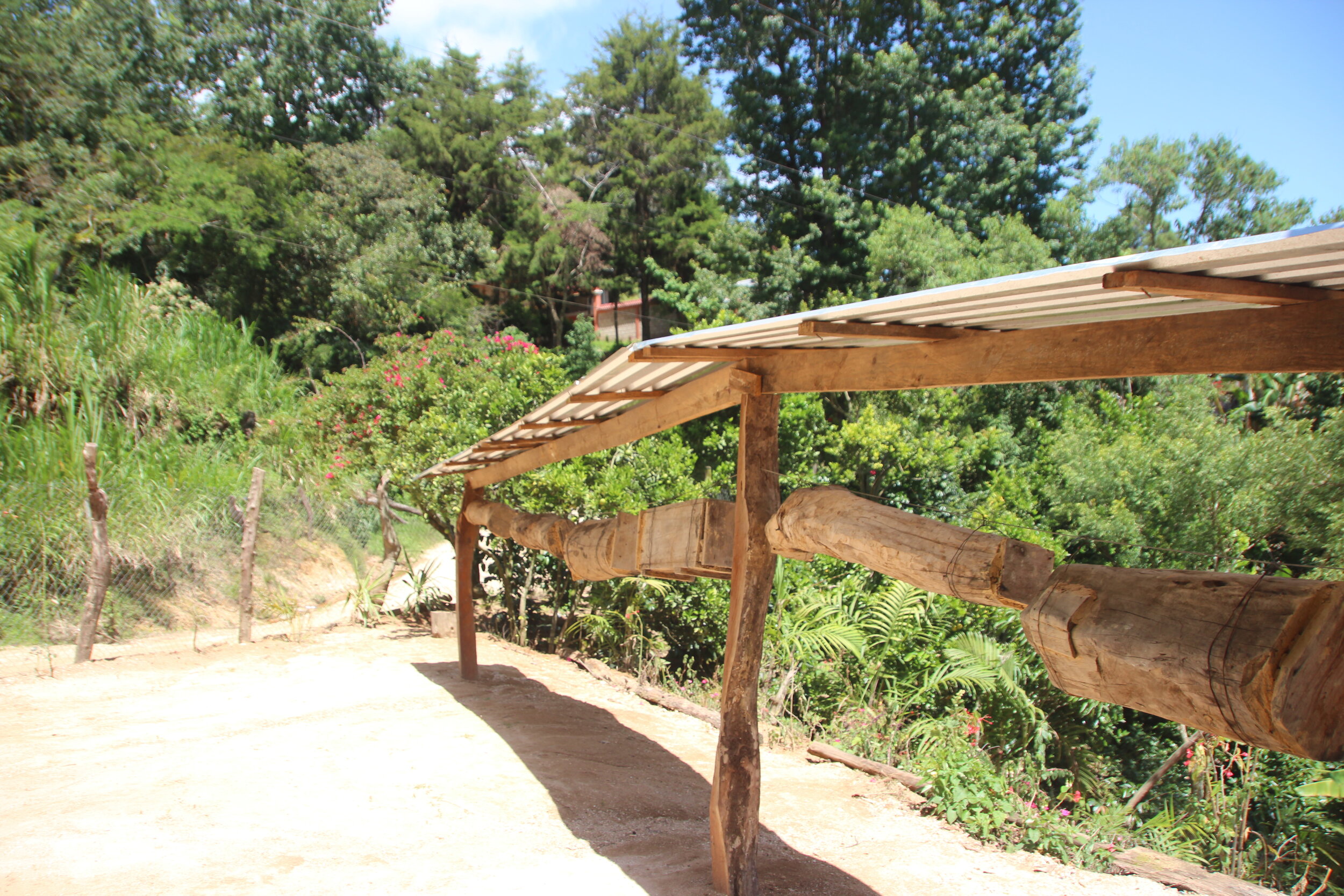

Before - a long time ago – I grew mostly corn and kidney beans, but I shifted to coffee 18 years ago, when I became aware that at the time coffee allowed me to generate a better and more stable income.
I’m a first generation coffee grower so I learned everything from neighbors and friends. Here in El Pinal, the hamlet where I grew up and have always lived, many of us now grow coffee and we are a strong and tight-knit group. In fact, we blend most or our coffees together and then sell it to roasters as our ‘El Pinal Premium Blend’.
Thanks to the high altitude (mostly 1,500 – 1,900 meters, in the middle of pine forests), our combined experience, and the good practices that we have started to put in place a few years ago, we are now able to produce relatively large volumes of coffee that scores around SCA 84, with a consistent, stable profile.
I have an adolescent son, Alduvin, and a wife, who I both love enormously. My wife Cristina always cooks for the pickers when we’re in the harvest season and she also works a lot with our bees.
Because, although I do love growing coffee, my wife and I are both particularly passionate about our bees. We installed our first small hive 21 years ago, when someone had convinced us that the ‘white honey’ that these bees produce is medicinal, on top of being delicious.
Now, we have 34 beehives and they all produce honey very busily. Each hive holds around 4,000 to 5,000 bees and this allows us to produce around 80 to 100 liters of our white honey per year. All of it in March and April, so we frantically sell it during that peak period of the year, and it does bring in additional income. That is more than useful because we only own around 1,3 hectares of land to grow coffee. That’s barely enough to live on.
The bees are also very effective to pollinate our coffee plants and at the same time the fincas of a large area surrounding us. If you’re ever close to El Pinal, please do pay us a visit. To see our hives (the bees do not sting!), share a cup of coffee with us, or taste our delightful honey!
Farm facts:
1,3 hectares, one plot at 1,500 meter, the other at 1,625, on which we cultivate Pacas, Catimor and IH-Café 90.
Shadow is provided mostly by liquidambar and guamo, although I have started to plant avocado plants recently. It will take four or five years before these provide enough shadow and also generate avocados, but the intention is to further diversify income and add a healthy crop to our own diet.
The farm is certified Fair Trade and Organic and RFA
